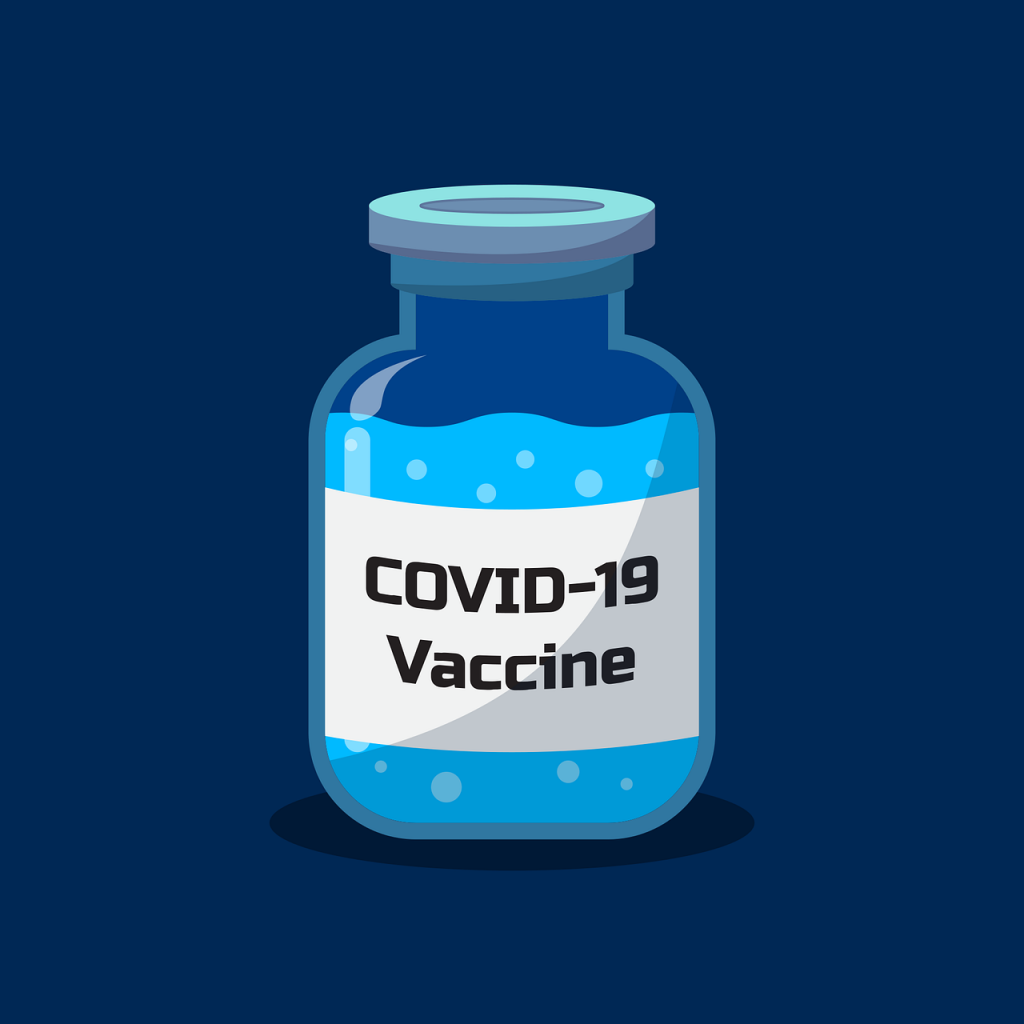On Nov. 18, Pfizer and BioNTech announced that their coronavirus vaccine trial had resulted in a very promising 95 percent efficacy rate. Only a few short days later, they applied to the United States Food and Drug Administration (FDA) for emergency use authorization of their vaccine.
This announcement gives the country, and the world, a glimmer of hope that the end of this pandemic is on the horizon. The FDA will take several weeks to review Pfizer’s vaccine and is scheduled to convene an outside panel of vaccine experts Dec. 10 to help advise the agency on its decision for emergency use of the vaccine in an unprecedented timeline. Despite the shortened timeline and pressure for a swift approval, the FDA assures there are high standards for vaccine approval.
So far, Pfizer and BioNTech have not widely released all of their data concerning the trial but said that the data shows efficacy consistently across differences in age, race and ethnicity. The vaccine has also shown to be effective in preventing severe COVID-19 cases. The only minor adverse side-effects that have been reported are 3.7 percent of participants experiencing fatigue and 2 percent experiencing a slight headache after the second dose of the vaccine.
The Pfizer vaccine is administered in two doses and uses mRNA technology that has never been approved for human use. The mRNA vaccine works through prompting production of many copies of a fragment of the virus which then alerts the immune system and prepares it to attack the real virus if a person becomes exposed to it.
Pfizer says that if the vaccine is approved by mid-December, it will be able to produce around 50 million doses ready for distribution by the end of the year. The company also estimates that it will be able to produce around 1.3 billion doses by the end of 2021.
Half of the doses produced will be distributed within the U.S., which means that around 12.5 million American people could have the opportunity to receive the vaccine before the year is up. Health care workers and higher-risk individuals, such as the elderly, will be the first to receive the vaccine. Due to a multi-billion dollar deal made between the U.S. government and Pfizer, the vaccine will be free for all Americans to receive.
One challenge that will need to be overcome with the distribution of this vaccine is the drastic temperatures needed to properly store it. The vaccine must be stored at negative 94 degrees Fahrenheit. It can remain in an average temperature of zero degrees Fahrenheit – maintained by a conventional freezer – for five days before becoming ineffective. Pfizer has announced that they plan to transport the vaccine using special dry ice coolers that will help maintain subzero conditions for 15 days.
Moderna has also released the data for their coronavirus vaccine trial that has resulted in another promising efficacy rate of 94.5 percent. The Moderna vaccine data was released after the Pfizer vaccine, so it is slightly behind in the approval process. Their request for emergency use authorization was submitted to the FDA Nov. 30. If no problems are discovered, they hope to be approved only a few weeks after the Pfizer vaccine.
The Moderna vaccine also uses mRNA technology and has produced similarly promising efficacy results, but also presents an advantage because it does not need to be stored at such extreme temperatures. It can be preserved at only minus 5 degrees Fahrenheit for long periods of time and can even be stored in conventional refrigerator temperatures at 36 to 46 degrees Fahrenheit for up to 30 days.
Effectively creating at least two vaccines ready for emergency authorization in less than a year is an amazing feat of science that brings the possibility for the end of this pandemic just a little bit closer.

